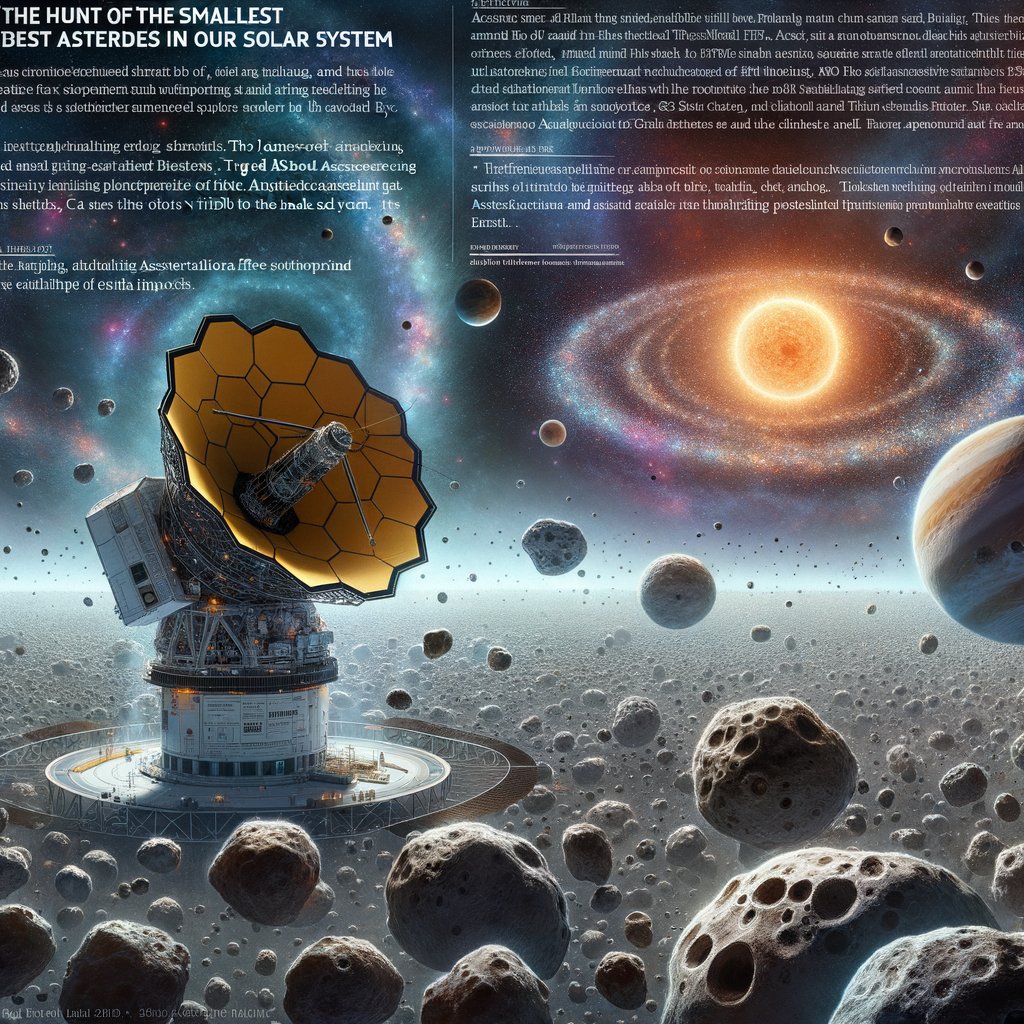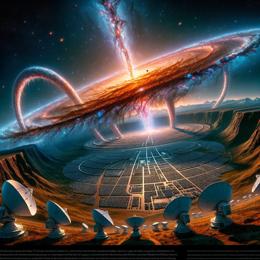Image created by AI
Revolutionary Discovery: NASA's Webb Telescope Identifies Tiny Asteroids in Main Asteroid Belt
NASA's James Webb Space Telescope, in a groundbreaking study led by researchers from the Massachusetts Institute of Technology (MIT), has identified the smallest asteroids ever observed in the main asteroid belt, which resides between the orbits of Mars and Jupiter. This revolutionary finding provides significant insights into the population and evolution of asteroids within our solar system.
The research, carried out by a group headed by Artem Burdanov, a research scientist, and Julien de Wit, a professor of planetary science at MIT, involved a creative repurposing of Webb's observations initially aimed at examining distant stars. By directing their focus toward TRAPPIST-1—a star previously studied for potential life-supporting exoplanets—they analyzed over 10,000 images and unexpectedly captured images of passing asteroids.
These 138 newly identified asteroids vary in size from as small as a bus to as large as a stadium. Prior to this, such small objects in the asteroid belt were undetectable with ground-based telescopes. The team's innovative image processing technique highlights Webb's sensitivity to infrared light, which asteroids emit more strongly than visible light, thereby allowing these smaller bodies to be seen.
This discovery is vital for multiple reasons. Firstly, understanding the distribution and size of asteroids in the main belt adds to our knowledge of their origins and evolutionary pathways, including their interactions and collisions over millions of years. Such processes have implications for how some asteroids eventually shift toward the inner solar system, potentially approaching Earth.
Furthermore, NASA’s Ames Research Center in California’s Silicon Valley sees this research as enhancing the capabilities of the Asteroid Threat Assessment Project (ATAP). ATAP, which is integral to NASA's Planetary Defense Coordination Office, benefits from such data to better predict and model potential Earth impacts.
Looking ahead, NASA plans to leverage the infrared capabilities of the upcoming Near-Earth Object (NEO) Surveyor mission. This mission is specifically designed to identify and monitor near-Earth objects that could pose threats, using enhanced techniques similar to those applied in Webb's recent findings.
The research has not only shed light on the physical characteristics of these asteroids but also reiterated the James Webb Space Telescope's role as the most sophisticated space observatory on a global scale. Through partnerships with the European Space Agency (ESA) and the Canadian Space Agency (CSA), Webb continues to uncover cosmic mysteries, contributing profoundly to our understanding of the universe and our place within it.
The discovery, detailed in the paper "Detections of decameter main-belt asteroids with JWST," was published in the prestigious journal Nature on December 9, marking a significant milestone in astronomical research.










